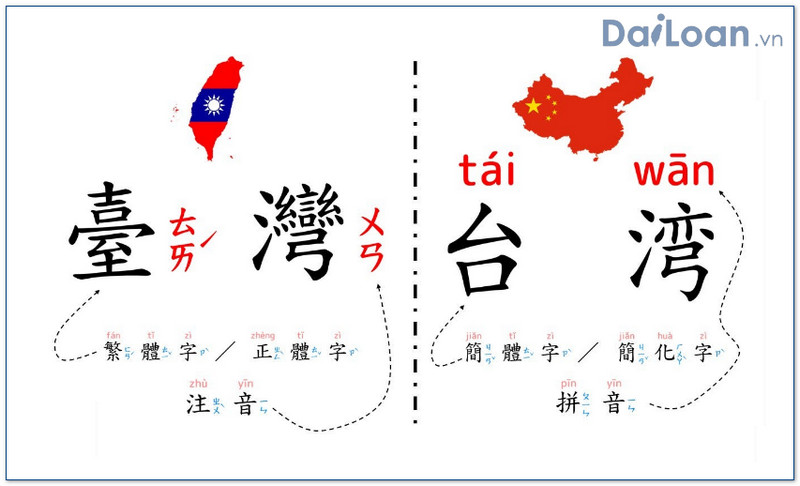The Chinese term 修復 (xiū fù) is essential for language learners and speakers alike. Not only does it capture specific meanings, but it also represents a rich grammatical structure that allows for nuanced expression. This article will explore its meaning, grammatical usage, and provide practical example sentences to enhance your understanding and application of the term.
What Does 修復 (Xiū Fù) Mean?
The term 修復 (xiū fù) broadly means “to repair” or “to restore.” It is often used in contexts where something is being fixed, whether that be physical objects like buildings or machinery, or abstract concepts such as relationships or ecosystems.
In traditional Chinese, 修 (xiū) means “to mend,” “to fix,” or “to cultivate,” while  復 (fù) means “to return” or “to restore.” Together, they imply the act of bringing something back to its original state or improving it.
復 (fù) means “to return” or “to restore.” Together, they imply the act of bringing something back to its original state or improving it.
Grammatical Structure of 修復
Understanding the grammatical structure of 修復 is crucial for proper usage. Here’s a breakdown of its components:
1. Character Breakdown
- 修 (xiū): Verb, meaning “to repair” or “to cultivate.”

- 復 (fù): Verb, meaning “to return” or “to restore.”
2. Usage as a Verb
In sentences, 修復 operates as a verb phrase and can be paired with various subjects and objects. It can be used transitively or intransitively depending on the context.
3. Common Collocations
Some common collocations with 修復 include:
- 修復關係 (xiū fù guān xì) – to restore relationships
- 修復設備 (xiū fù shè bèi) – to repair equipment
- 修復環境 (xiū fù huán jìng) – to restore the environment
Example Sentences Using 修復
1. Repairing Physical Objects
我們需要修復這台電腦。 (Wǒmen xūyào xiūfù zhè tái diànnǎo.)
Translation: “We need to repair this computer.”
2. Restoring Relationships
他們希望能夠修復他們的關係。 (Tāmen xīwàng nénggòu xiūfù tāmen de guān xì.)
Translation: “They hope to restore their relationship.”
3. Environmental Restoration
該計劃的目的是修復受損的生態系統。 (Gāi jìhuà de mùdì shì xiūfù shòusǔn de shēngtài xìtǒng.)
Translation: “The purpose of the plan is to restore the damaged ecosystem.”
4. Cultural Restoration
這座古老的寺廟正在進行修復工作。 (Zhè zuò gǔlǎo de sìmiào zhèngzài jìnxíng xiūfù gōngzuò.)
Translation: “This ancient temple is undergoing restoration work.”
5. Emotional Repair
她需要時間來修復她的情感創傷。 (Tā xūyào shíjiān lái xiūfù tā de qínggǎn chuāngshāng.)
Translation: “She needs time to heal her emotional wounds.”
Conclusion
In summary, 修復 (xiū fù) encompasses a range of meanings and applications in both literal and metaphorical contexts. Its grammatical structure allows for versatility in usage, making it a valuable term for learners and speakers of Chinese. By utilizing the example sentences provided, one can better grasp the context and meaning behind this important verb.
As you continue your journey in learning Chinese, remember to incorporate words like 修復 in your vocabulary to express repair, restoration, and healing effectively.

Sứ mệnh của Chuyên là giúp đỡ và truyền cảm hứng cho các bạn trẻ Việt Nam sang Đài Loan học tập, sinh sống và làm việc. Là cầu nối để lan tỏa giá trị tinh hoa nguồn nhân lực Việt Nam đến với Đài Loan và trên toàn cầu.
CÓ THỂ BẠN QUAN TÂM
Du học Đài Loan
Lao Động Đài Loan
Việc Làm Đài Loan
Đơn Hàng Đài Loan
Visa Đài Loan
Du Lịch Đài Loan
Tiếng Đài Loan
KẾT NỐI VỚI CHUYÊN
Zalo: https://zalo.me/0936126566
Website: www.dailoan.vn




